By Mariana Schuetze
The Journalism Course Union (JCU) held its Semi-Annual General Meeting (SAGM) on March 13 from 1 p.m. to 3 p.m. in the Rogers Communications Centre (RCC).
Toronto Metropolitan University (TMU) students and faculty members—including the School of Journalism’s chair Ravindra Mohabeer and associate chair Sonya Fatah—discussed their concerns regarding journalism classes.
The JCU’s SAGM meeting was split into two different sections: a student-only portion held on March 12 and a faculty and student portion held on March 13.
Although not many students were in attendance on March 13, several topics were brought forward by the JCU’s second-year representative Ria Sidhu and their vice-president of administration and communication Haley Ford—both second-year journalism students.
Most of the concerns brought forward involved issues regarding some of the School of Journalism’s first and second-year mandatory courses—JRN 103: Introduction to Journalism, JRN 105: Multimedia News Reporting, JRN 272: Feature Writing and Current Affairs and JRN 273: Boosting Media Techniques.
Faculty in attendance included the School of Journalism’s undergraduate program director Adrian Ma and academic and outreach coordinator Ben Shelley.
The two students who were present for most of the March 13 meeting, besides the JCU representatives, were second-year journalism students. Three other individuals joined the meeting at different moments to voice their concerns.
Second-year journalism student Tia Harish, who was present for the entirety of the meeting, said their concerns surrounded unpredictable evaluations and teaching across classes and multiple sections.
“Inconsistencies in grading means people get discouraged, [which] means people will drop out the first year,” they said during the meeting.
TMU’s School of Journalism often teaches students mandatory first and second-year classes in large lectures and then split up into smaller groups for their laboratory portions.
Mohabeer said he took note of the issues and would be discussing them further with the faculty.
“It’s a course management question,” he added during the meeting.
Harish suggested that the school focus on hiring the right professor for each class, based on the content of the classes and what is needed by the students.
“You never want a professor that has a completely different knowledge base teaching something that they don’t actually know that much about,” they said.
Fatah said the school hires instructors from different spheres of journalism to “diversify the pool of people who are teaching.”
The students present reinforced that this sometimes leads to each instructor expecting different outcomes for the same assignments, leading to grade differences between individual labs.
“It’s a challenge, of course, managing all of the different instructors. It’s not an easy job…But those are easy things to fix,” Fatah told The Eyeopener in an interview.
She also added that having this type of dialogue between students and faculty is useful.
Fatah said many of the concerns raised could have been attended to earlier had the faculty known.
In response to the students’ concerns regarding instructors, Ford said she thinks many students don’t know who to reach out to when similar issues arise.
Fireside chats
A day prior to the JCU’s student and faculty portion of the SAGM, The Creative School’s dean Charles Falzon held a fireside chat in the RCC.
The chat looked to offer students a chance to ask questions and provide feedback to the school, according to The Creative School’s Instagram post about the event.
Mohabeer suggested fireside chats as an action item in response to students’ concerns presented at the SAGM meeting in hopes of creating better communication between students and the school.
The faculty and JCU representatives present at the meeting agreed that implementing regular fireside chats with students and faculty to allow individuals to consistently voice their concerns in a more casual environment was important.
During the meeting, Fatah said she’d be “happy to lead it.”
Toward the end of the meeting, Mohabeer reminded the JCU team to reach out to him as soon as they could to set up these kinds of events.
Periodic Program Review
The journalism program is also undergoing a Periodic Program Review (PPR), which occurs every seven years to offer the program a chance to review and revise its curriculum. It also looks to ensure “they achieve and maintain the highest possible standards of academic excellence and continue to meet societal need,” according to TMU’s website.
“It’s a really long, irritating process. But the goal of that is you can say, ‘Well, what should a journalism school be in 2025?'” said Fatah, in regards to the PPR. “Fundamentally, in this day and age, [in] the 21st century, [there is] the climate crisis, all kinds of racial reckoning issues…And at the same time, the journalism industry is collapsing. So what is the focus of a journalism school?”
Students are hopeful that what was discussed at the SAGM will become a reality.
“I think it has given us a lot to plan for next year in terms of student-faculty communication and correspondence,” Ford told The Eye after the meeting.
“It’s always kind of easy to say, ‘Yes, we hear you, we understand what you’re saying.’ It’s a different thing to actually implement [it]. So it’s a wait-and-see kind of situation,” said Harish.

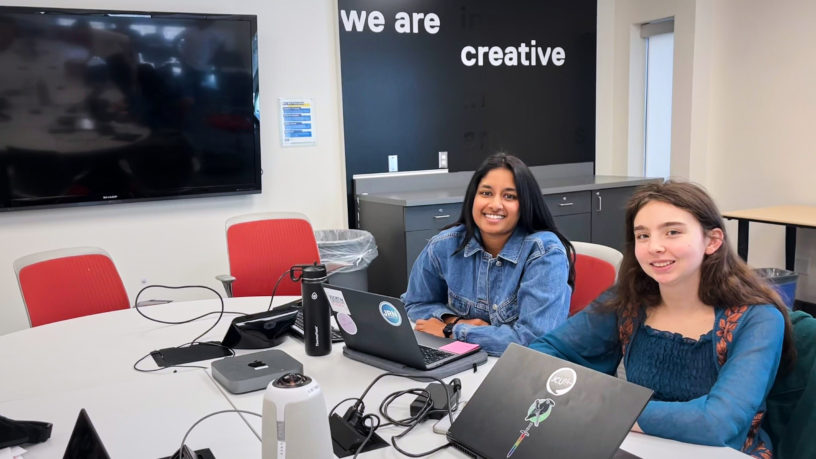



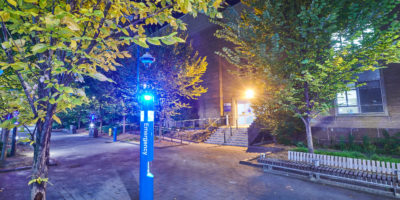

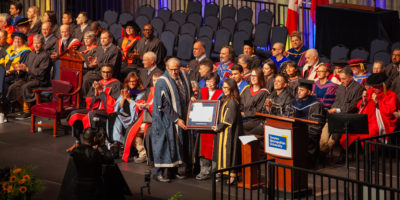
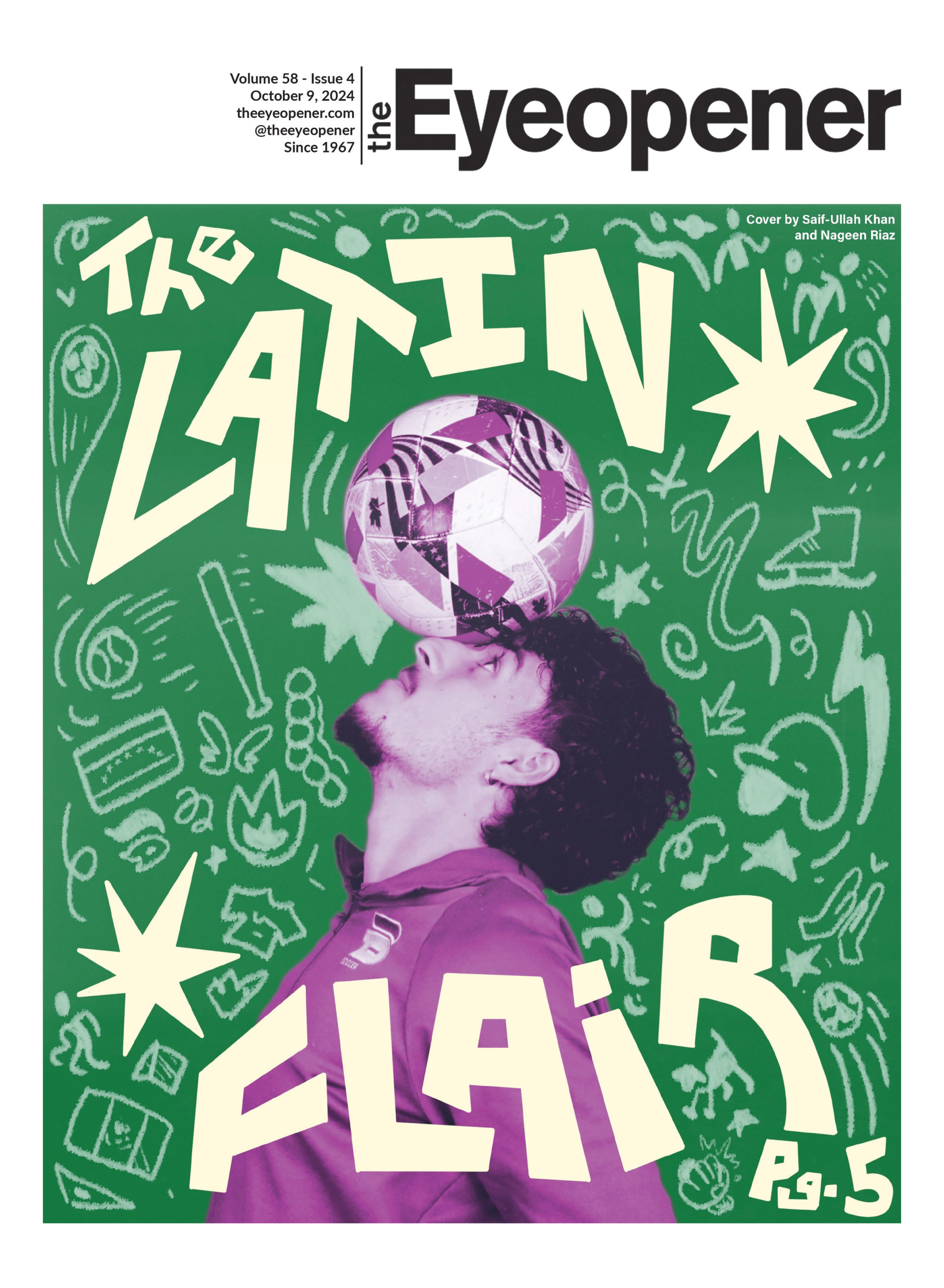
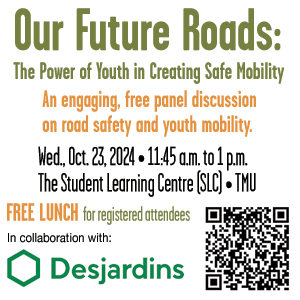
Leave a Reply